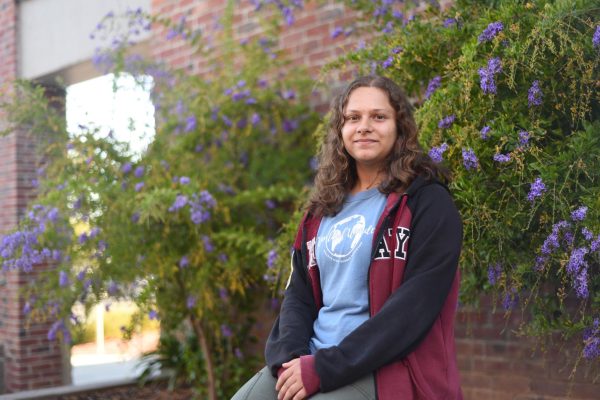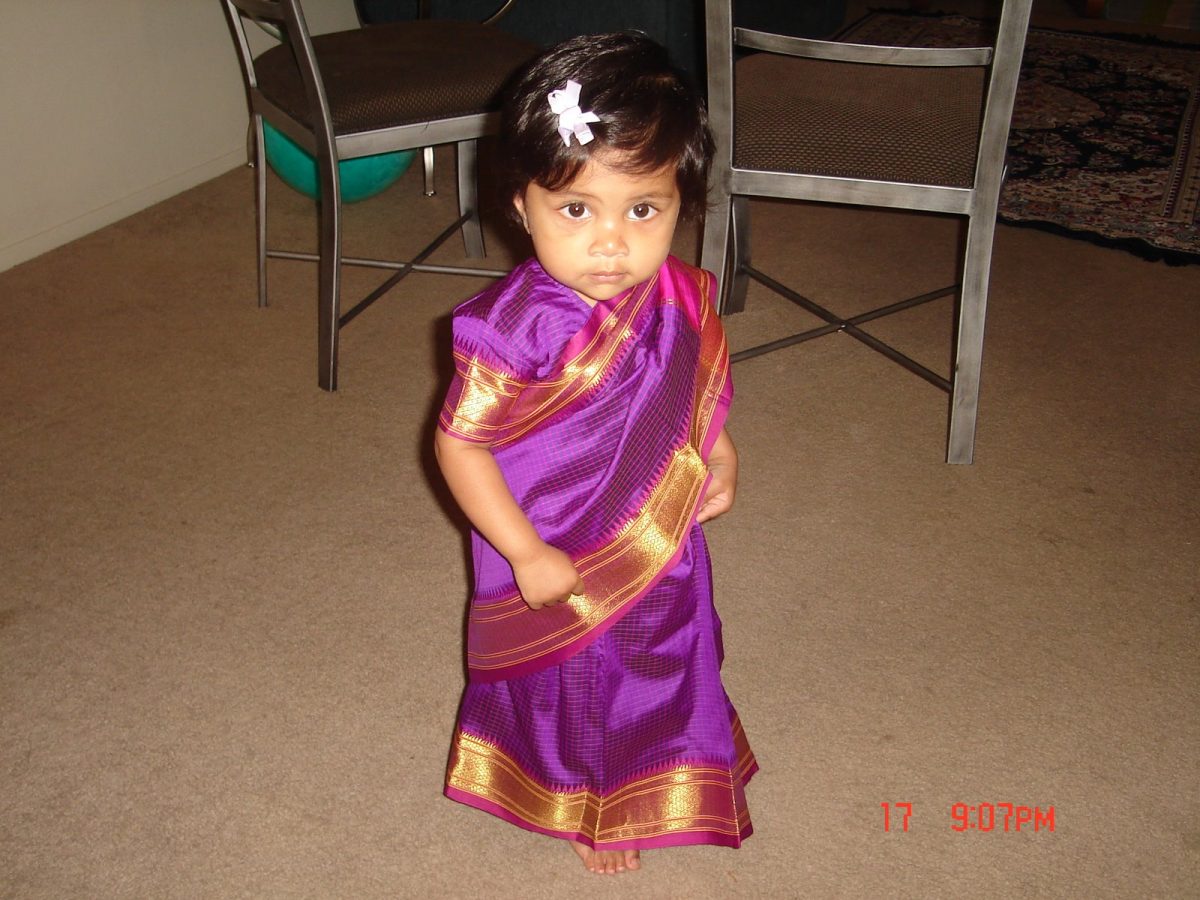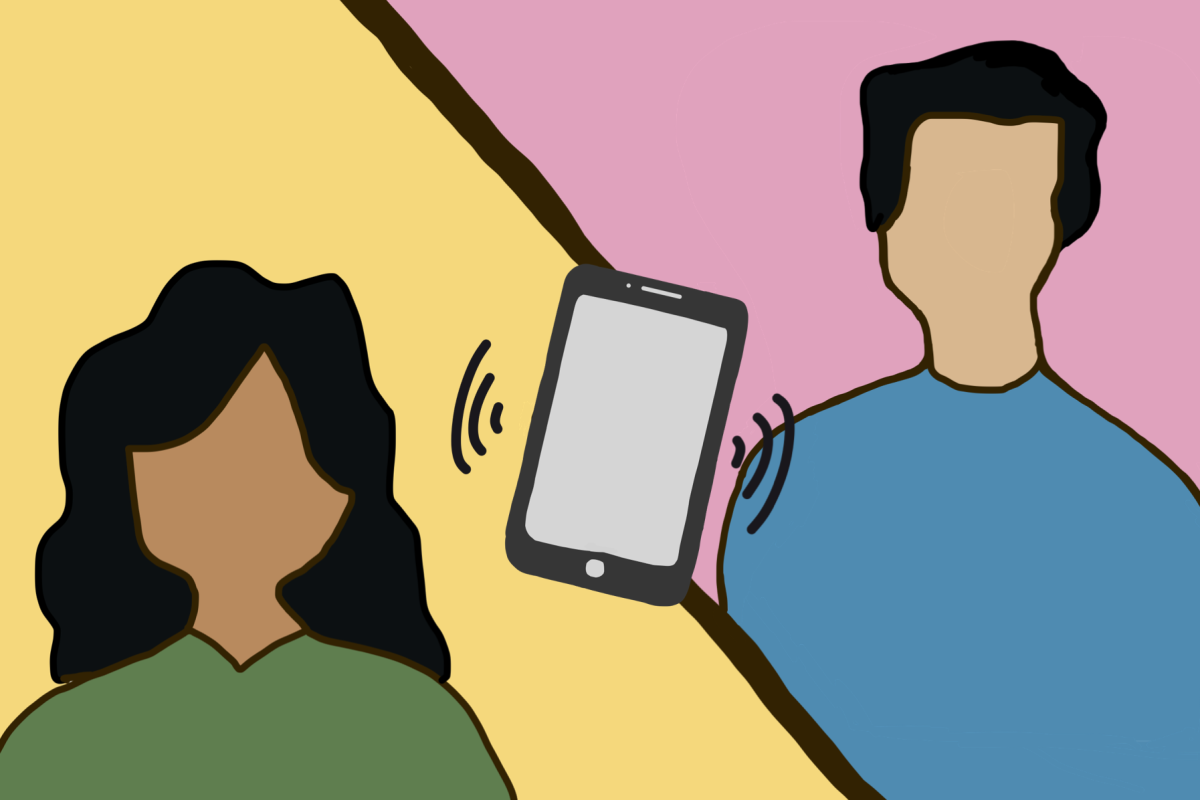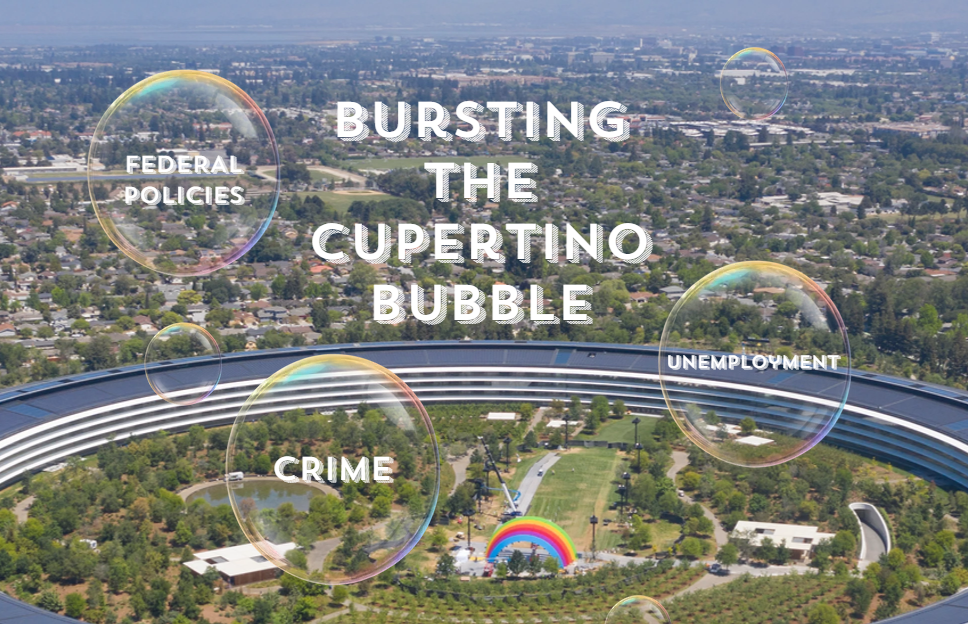As the dismissal bell rings, MVHS students fight through the crowd surrounding the bike racks to reach their own rides. They quickly undo their locks, and their eyes catch upon a single abandoned tire still locked to the rack, the body of the bike gone. “Oh, another one got stolen,” they whisper. By the time they’re home, they have already forgotten about the stolen bike. In Cupertino, the small instances of crime we may see on a daily basis are largely treated this way — although crimes, like theft, are all around us, we give them little acknowledgment. Yet the levity we give such situations doesn’t encompass the truth of Cupertino’s crimescape.
The Cupertino bubble, as it is often referred to by residents, includes not only our financial security and steep housing prices, but also the relative safety and perceived lack of crime. With a crime rate of only 14.84 in 1000 residents in 2023 compared to the state average of 28.33 in 1000, the data may lead to presumptions that crime doesn’t warrant concern here — however, this doesn’t erase the experience of the victims of those crimes in our community. In fact, Cupertino is only safer than 34% of U.S. cities, undermining our notion of living in one of the safest areas in the nation. The reality is that crime isn’t nonexistent in our community — 40% of MVHS students report being impacted or knowing someone who was impacted by crime in Cupertino. So why does our community seem to believe in the idea that Cupertino is crime-free? There are multiple possible explanations — the affluence of the area, the high level of education of occupants and the lack of racial diversity.
Although affluent areas have lower crime rates on average compared to lower-income areas, they aren’t entirely immune to criminal activity. The presence of valuable goods and property offers an easy target for crime. Furthermore, it’s important to consider that crime doesn’t have to be physical — affluent areas may be the target of cyber crimes or identity theft. In fact, according to a study by the Department of Justice, affluent individuals are 43% more likely to face identity theft. In Cupertino, identity theft, forgery and fraud are the second most prevalent form of crime by instances. Just because a region is less affected by physical crime, it remains important to remember to take security precautions in a variety of forms, both digitally and in your surroundings.
Cupertino’s lack of diversity manifests not only through the relative wealthiness across the city, but also through the racial makeup, where Asians are 71.7% of the population. According to the Bureau of Justice Statistics, Asians are less likely to become victims of violent crime than non-Asians. However, as the Bureau continues, this statistic doesn’t apply to Asians over the age of 65. In fact, violence and hate crimes against older Asian Americans have increased. Older Asians face the highest risk of physical assault and robberies, especially in the San Francisco Bay Area. Considering that these individuals are not just statistics, but our grandparents, aunts and uncles, denying the presence of crime in the area isn’t an option. It’s vital to remain aware not only for ourselves, but our family around us.
Whether it’s bikes being stolen just feet away from a classroom or the neighbors across the street having their house broken into, crime happens all around us, all the time. However, it is as if the mystique of the Cupertino bubble pushes the evidence we see of crime just outside the realm of conscious acknowledgment.
The fact that violent crime occurs less than property crime in Cupertino contributes to this lack of acknowledgment, making it so that the crime which does happen feels less extreme, and thus goes unnoticed despite the impact on victims.
These victims of crime in Cupertino — the neighbors across the street, or that classmate whose bike was stolen — are left alone to deal with the wreckage, concluding from the lack of support around them that they had just gotten very unlucky to be affected by a rare and isolated instance of crime in Cupertino, of all places.
However, it is not the crime that is isolated, it is us. Whether we can relate to being impacted by crime or not, Cupertino is our community, and the lack of support we offer to each other — whether it be just checking in or pitching in to compensate for their loss — has direct implications on how safe we may feel in our daily lives: the school we attend, the neighborhoods we live in, the shops and restaurants we hang out in.
As a community, we need to call out crime when it impacts us or those close to us in order to build a better support system within Cupertino for those hurt by crime, and in order to force the community to acknowledge and respond to the crime rates in Cupertino. This could mean posting on community forums like Whatsapp and Nextdoor, even on social media platforms like Instagram, to organize support and raise awareness for crime victims, or even just asking how you can support a neighbor or someone you know after they’ve been affected by crime. Our bubble of safety doesn’t have to mean complacency or isolation — Cupertino is home to all of us, so uplifting neighbors during hard times is the least we can do for our Cupertino family.












